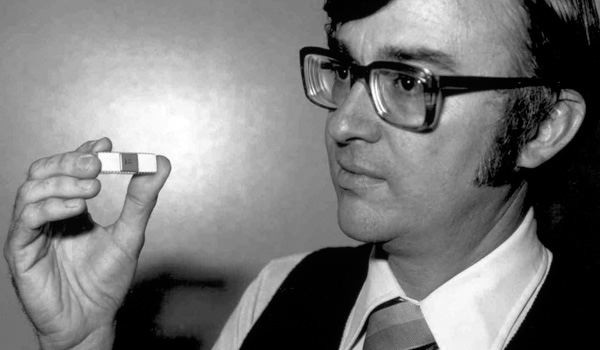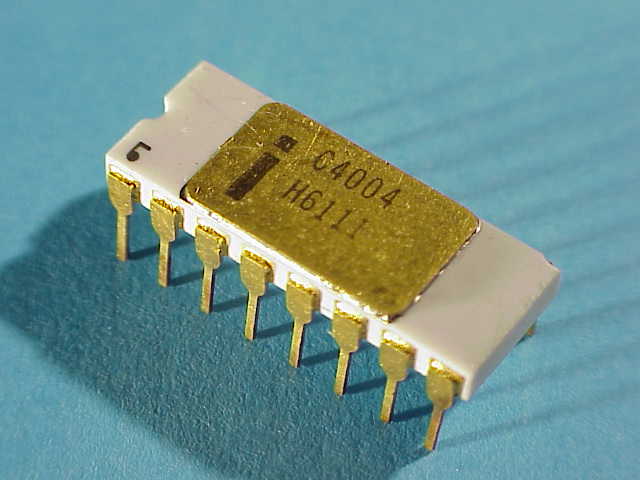Forty years ago, on this day, the world’s first microprocessor was unveiled, and marked the beginning of something new in Silicon Valley. We have come a long way since Intel 4004, November 15th 1971, and the microprocessor is being innovated continuously.
Exactly 40 years ago Intel announced the Intel 4004 in the magazine Electronic News, but according to unconfirmed sources it started shipping as early as March 1971. It was the first complete processor built on a single circuits whose purpose was to be used in a calculator from Busicom. Intel 4004 and what would become the world’s first processor was built by Marcian Edward Hoof Jr., also known as Ted Hoff and was the 12th person to be hired by Intel. Bbut Intel was greater potential in Intel 4004 and became something it developed further up until today.

Intel 4004 was a 4-bit processor and built on a 10 μm process (10 000 nm) with 60 mm-wafers. It had the then large number of 2300 pMOS transistors, and marked the beginning of a new era in the industry. The circuit had 16 pins – Sandy Bridge-E that launched yesterday has 2011 pins and 2.27 billion transistors built on a 32nm process.
Intel since the beginning followed Moore’s law, a law stated by one of the founders of Intel, namely Gordon Moore. Moore’s lawt states that the number of transistors doubles every two years, something that is possible thanks to the Tick-Tock strategy, which enables them to launch a new manufacturing process for doubling the transistor density every other year.
“Such advances in chip technology are paving the way for an age when computing systems will be aware of what is happening around them, and anticipate people’s needs. This capability is poised to fundamentally change the nature of how people interact with and relate to information devices and the services they provide. Future context-aware devices ranging from PCs and smartphones to automobiles and televisions, will be able to advise people and guide them through their day in a manner more like a personal assistant than a traditional computer.,” Intel
Since the launch of Intel 4004 a lot has happened, especially if you consider the text above. Current Core i processors from Intel has 350,000 times higher performance, where each transistor uses 5,000 times less energy. During the same period the price of a transistor has been reduced 50,000 fold.

The microprocessor is still an area with much innovation. In the long term it is a component in a single circuit that houses everything from a GPU, to chipsets and also memory. Only the imagination can set the boundaries of what the future may bring, and the question is what the microprocessor will look like in 10 years? We can only congratulate Intel, but not the least consumers that has experienced 40 years of limitless innovation!















